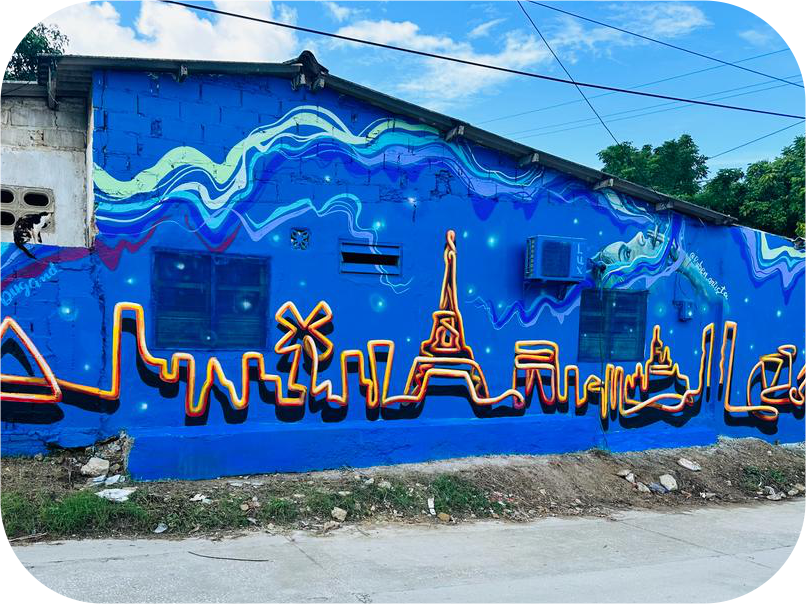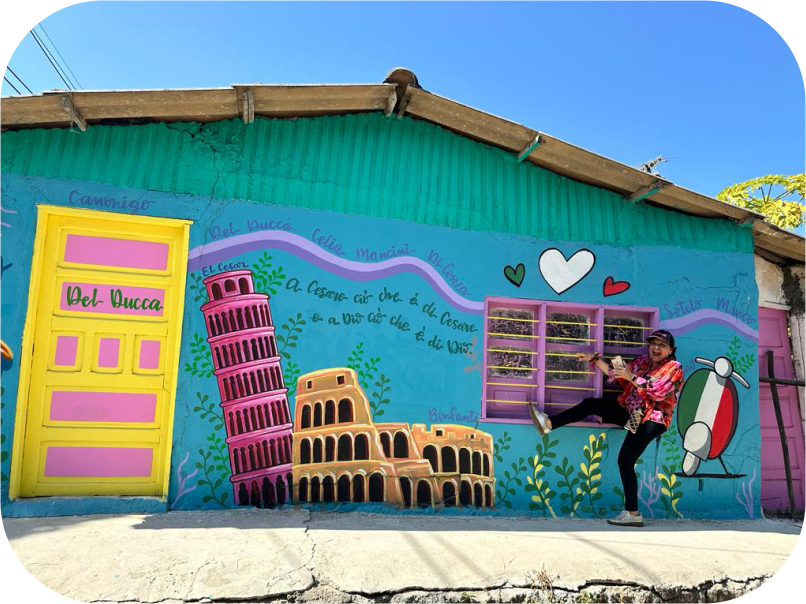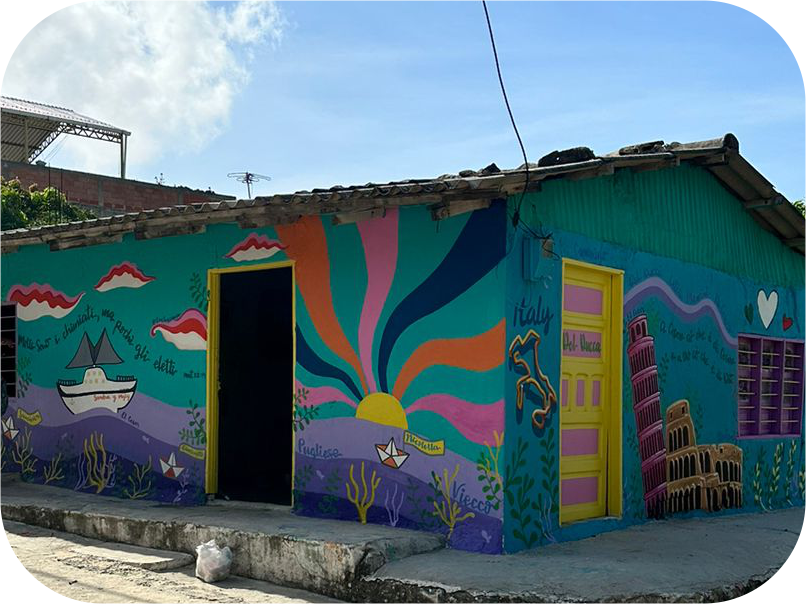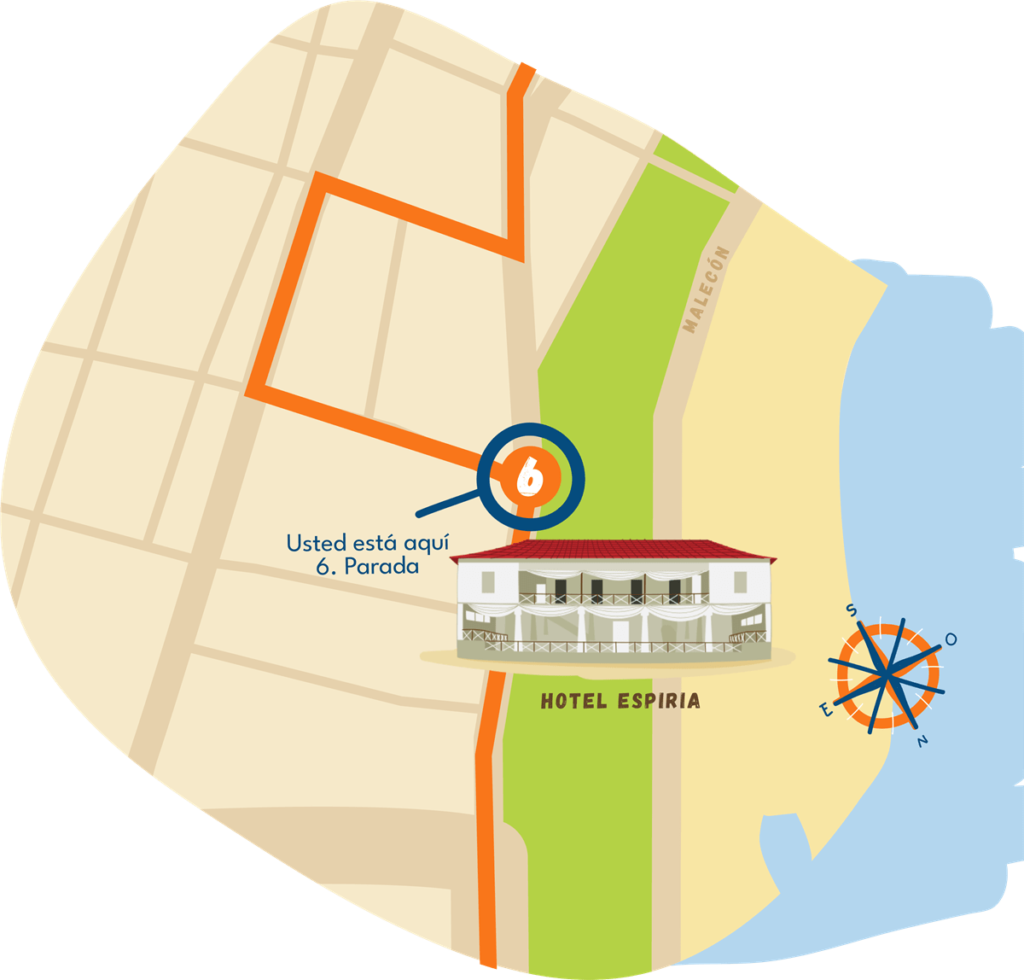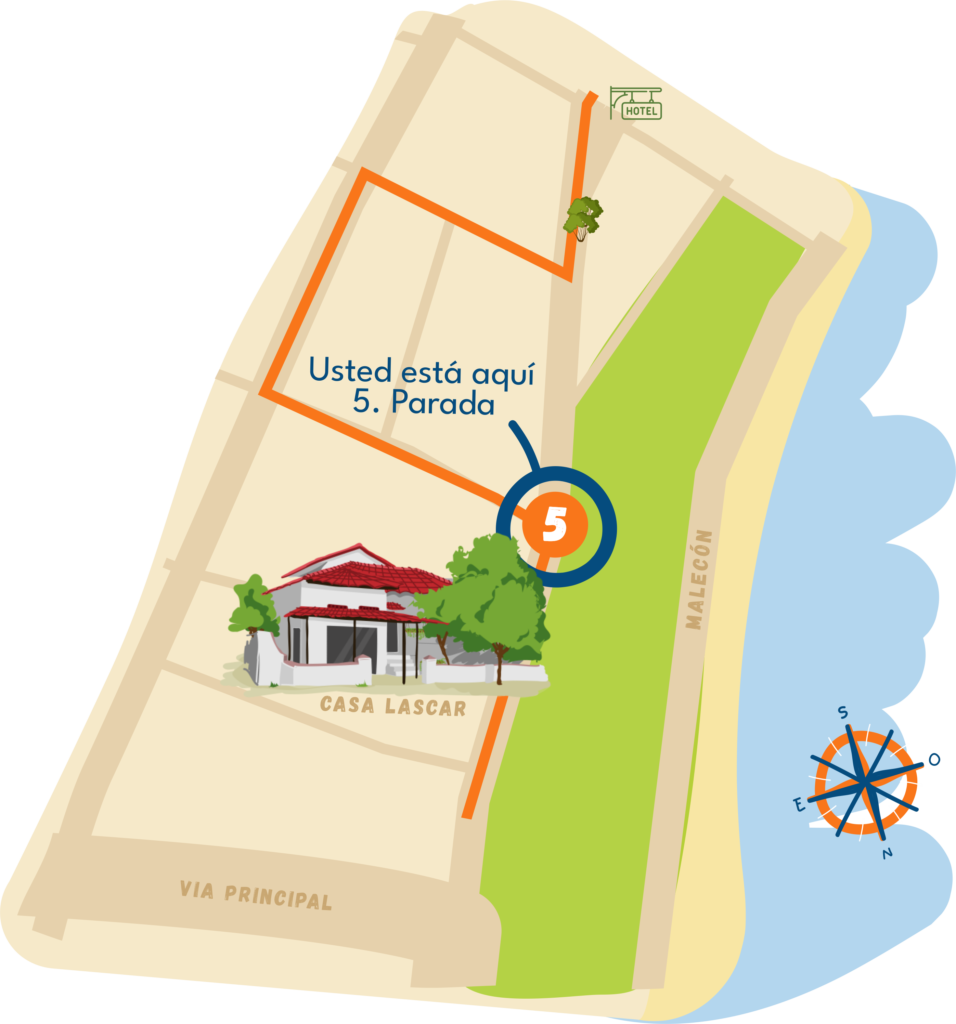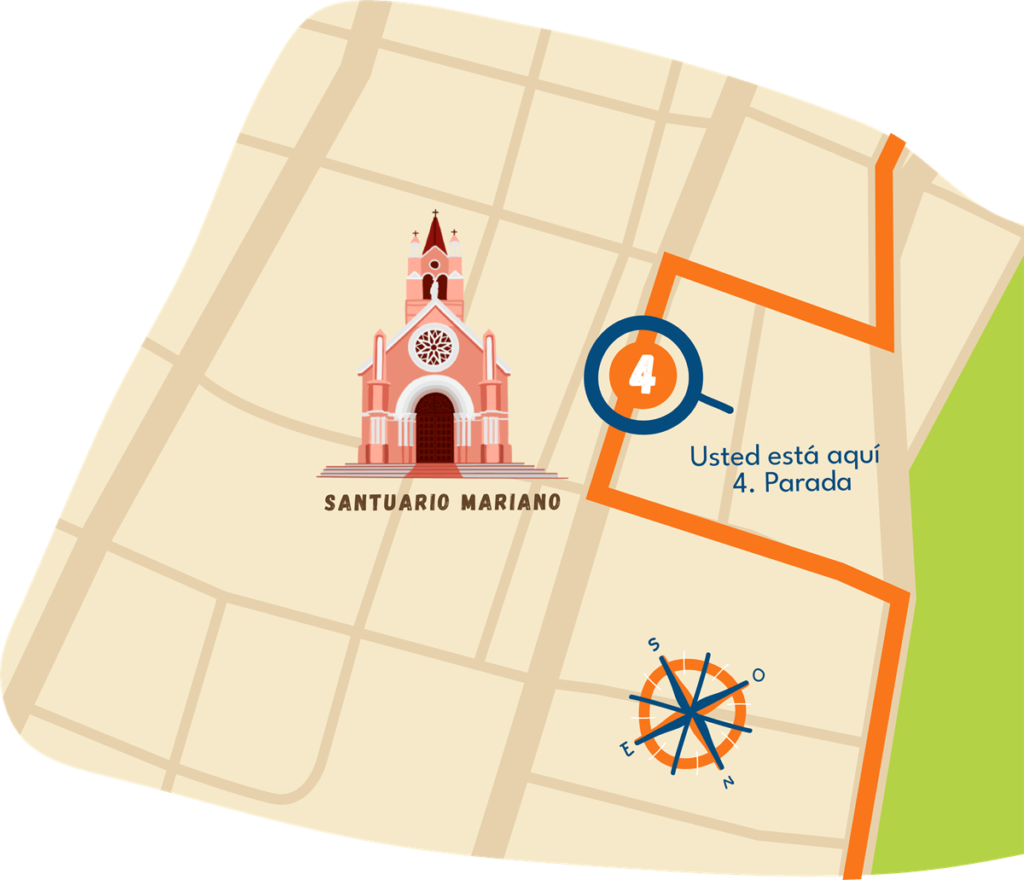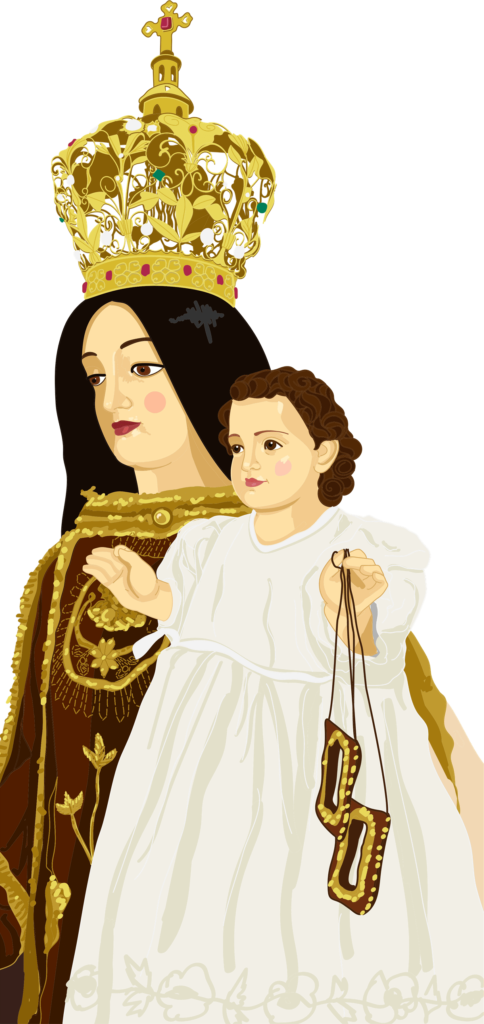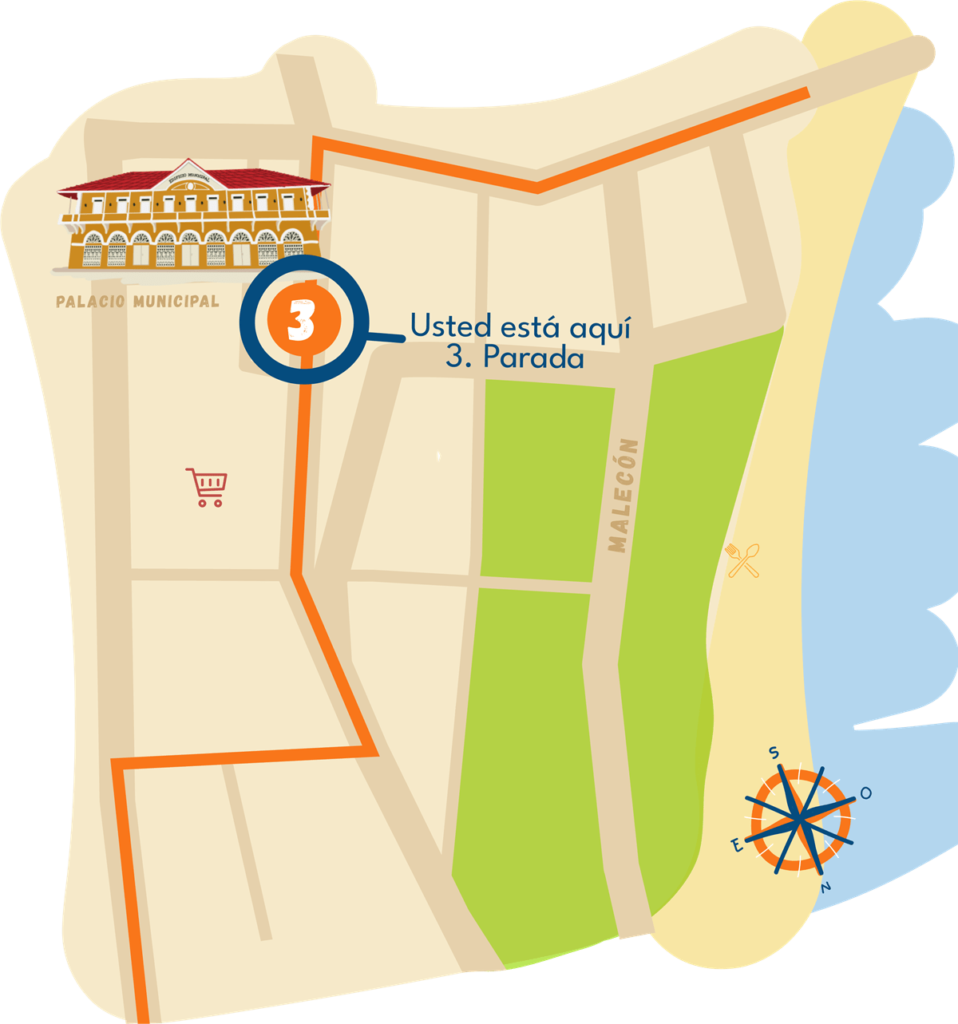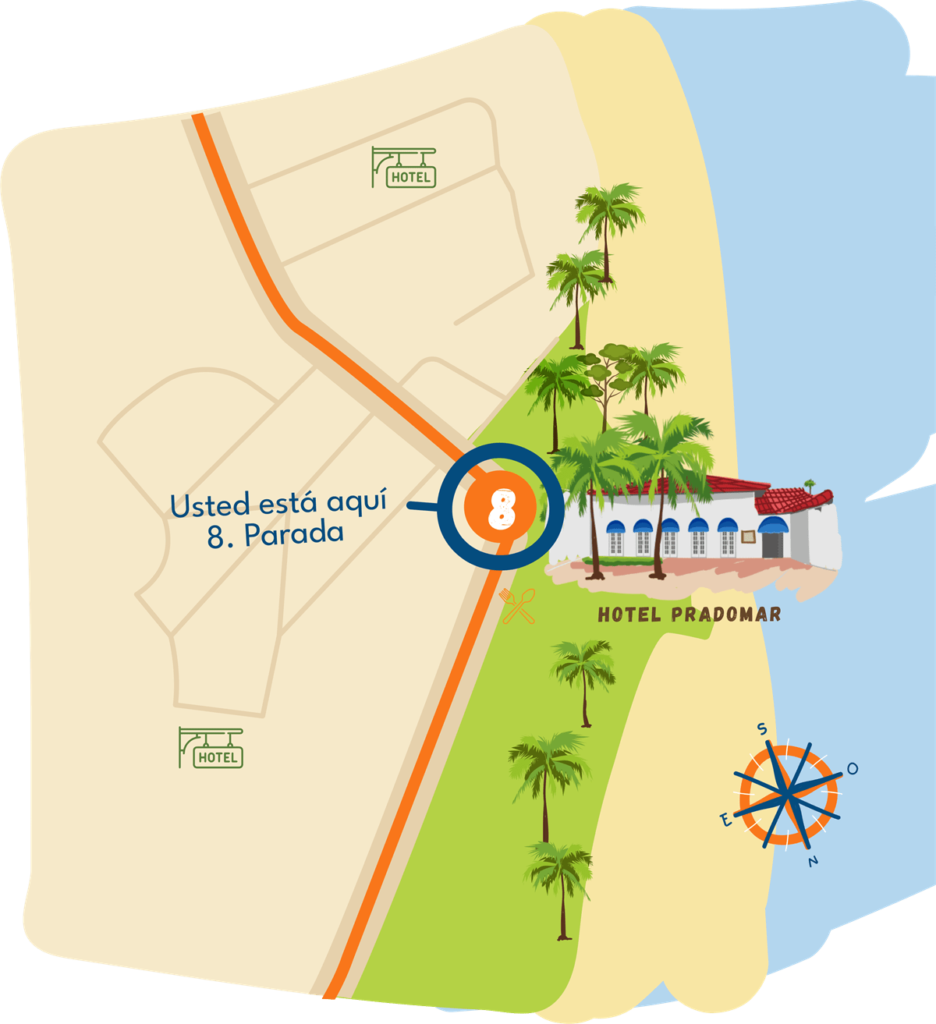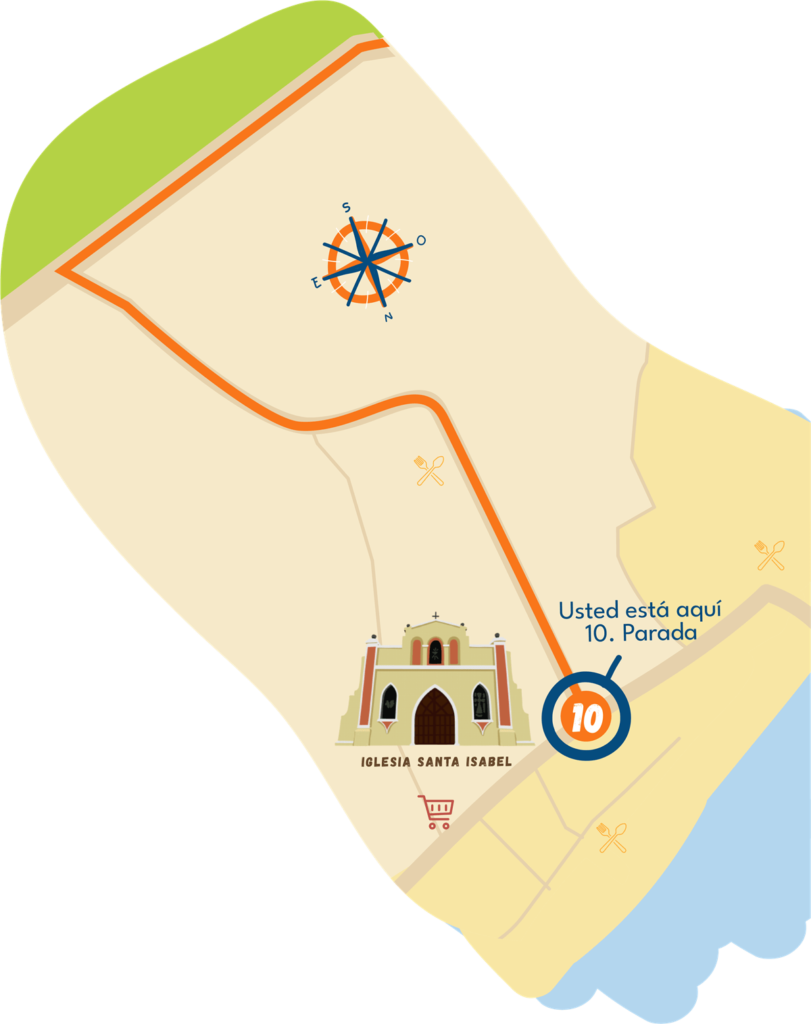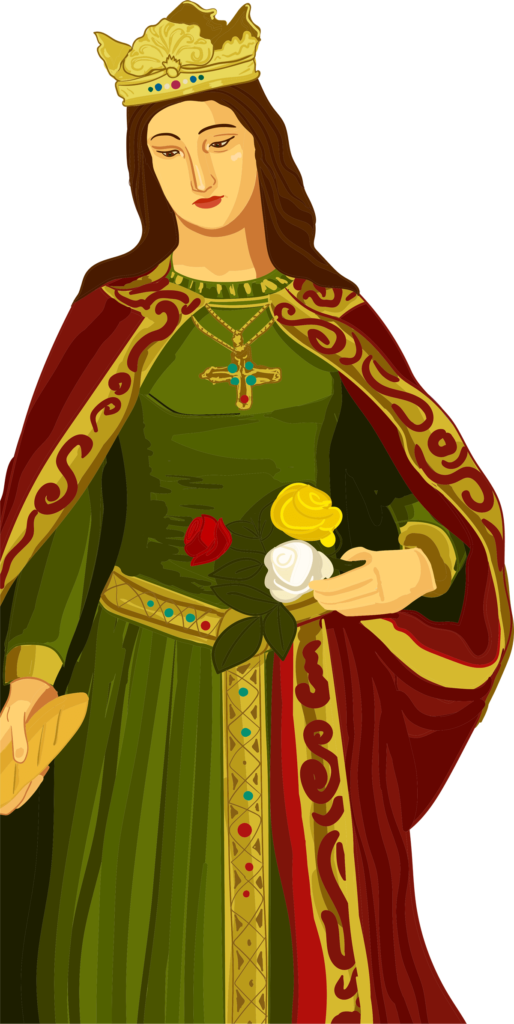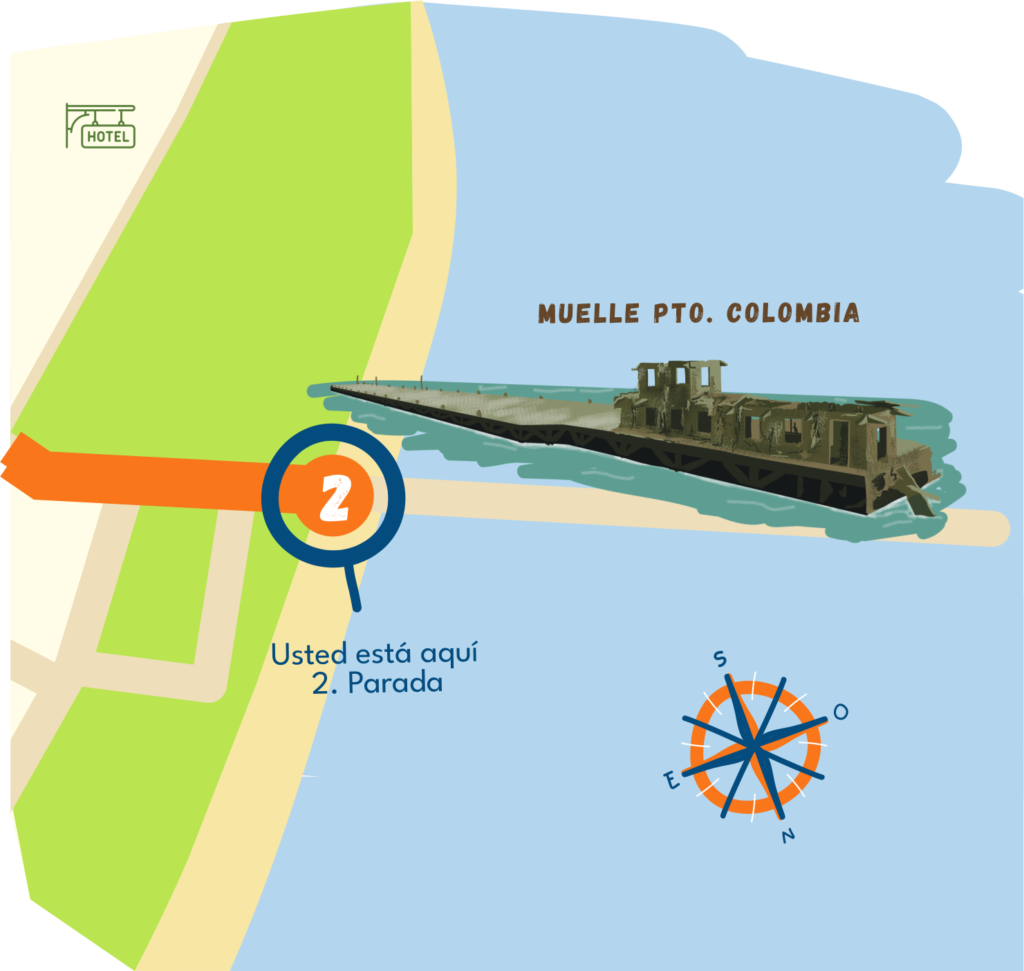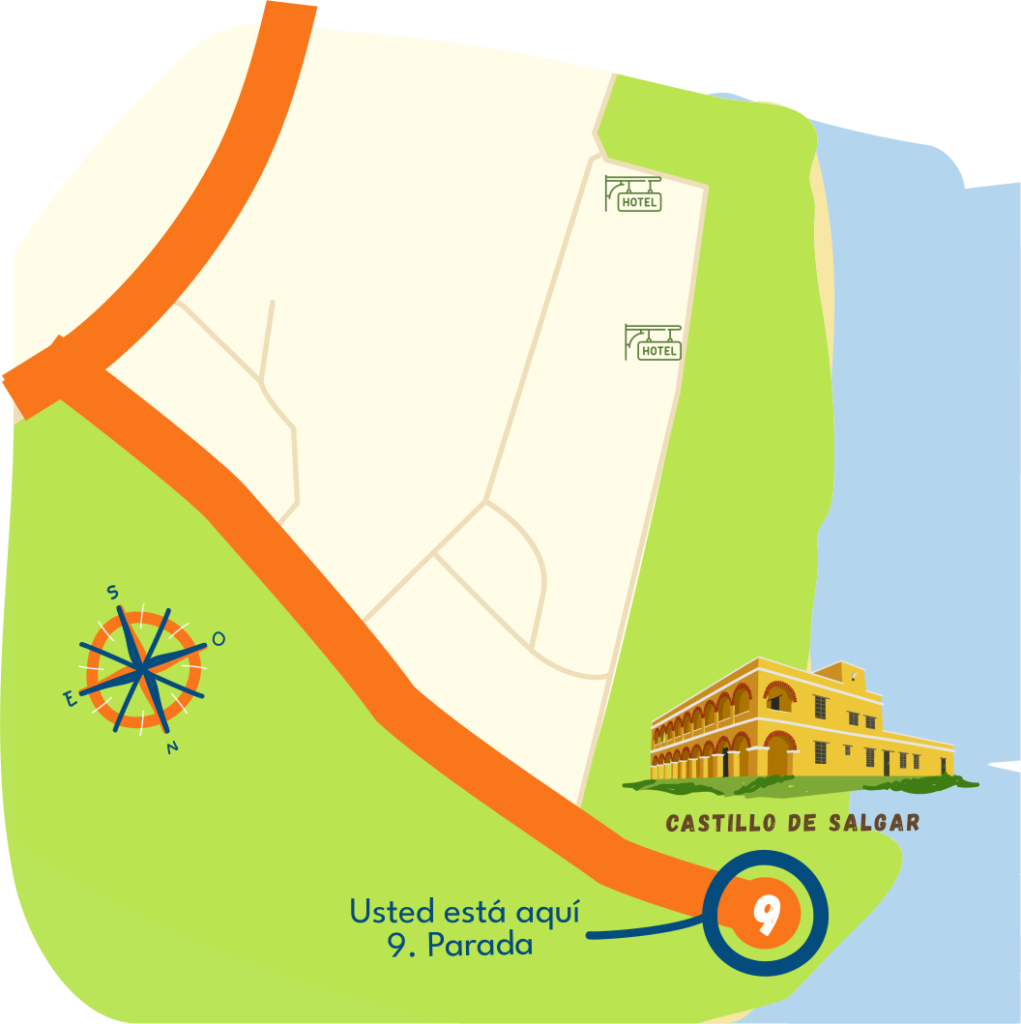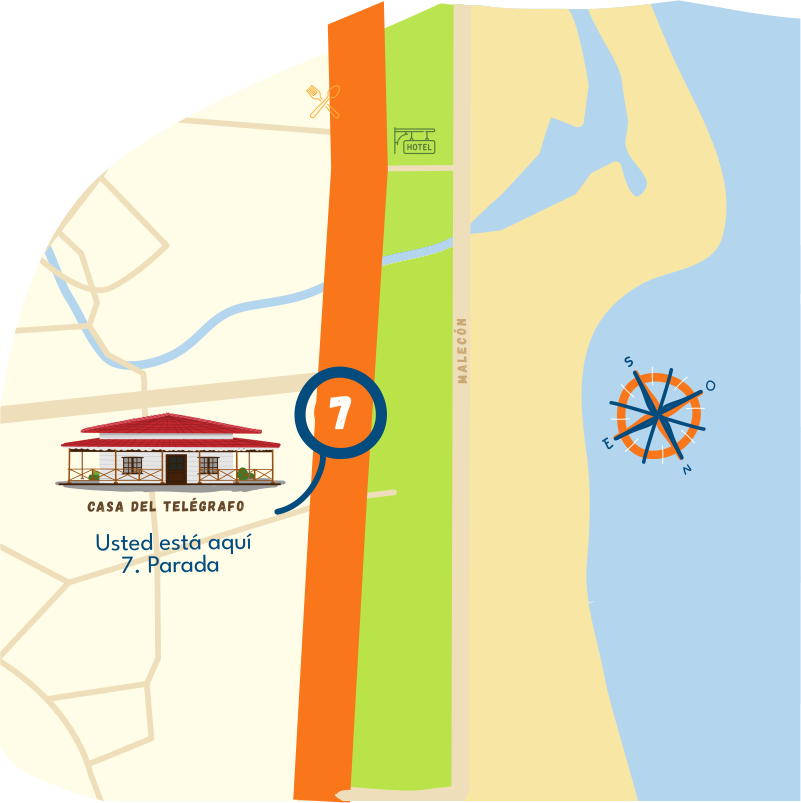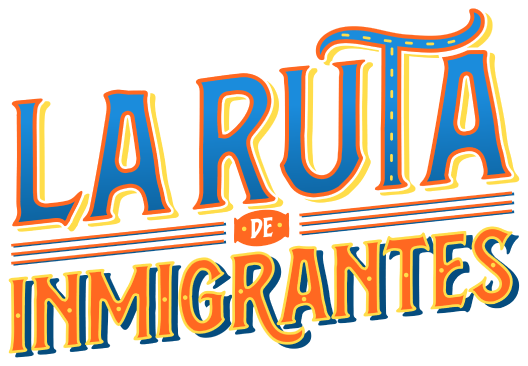
The Immigrant Route is a tribute to the travelers who entered the country through the Puerto Colombia dock, highlighting the architectural, gastronomic legacy, and the material and intangible heritage that makes this territory an ideal place for Colombian Caribbean Tourism.
We invite you to explore the magic of Puerto Colombia and its places of interest!
Routes
stories
with colour
Thanks to the support of the Pintuco Foundation, we paid tribute to families descended from immigrants who entered through the Puerto Colombia dock and still reside in the municipality.
Visit the Ancla, La Rosita and Centro 2 neighborhoods; If your last name is of German, Italian, French or Spanish origin, it may be captured in these works of art.


Allies















